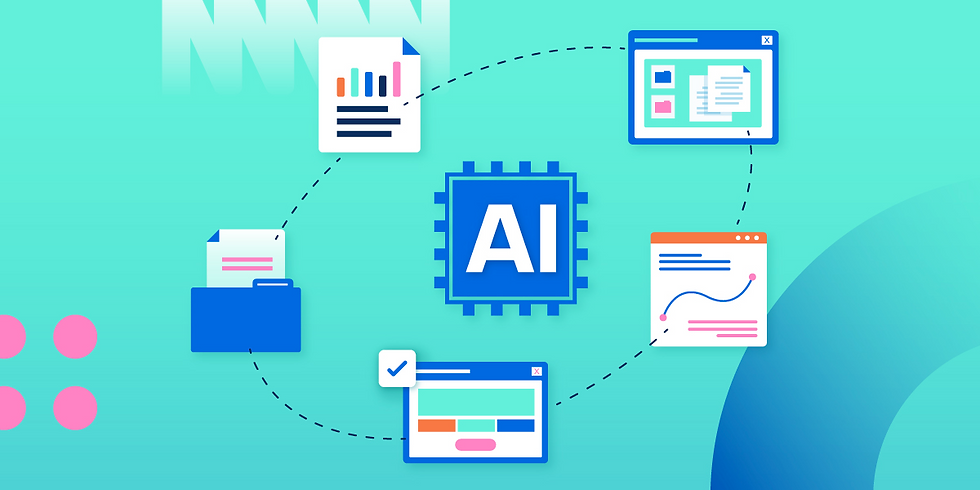Silicon Valley’s New Strategy: Move Slow and Build Things
- Ethan Carter

- Aug 5
- 10 min read
In the fast-paced world of Silicon Valley, where speed and disruption have long been celebrated as the cornerstones of innovation, a new paradigm is quietly emerging. The mantra has shifted from “move fast and break things” to “move slow and build things.” This change reflects a deeper understanding that sustainable innovation requires patience, thoughtful development, and resilience over mere velocity.
This article explores Silicon Valley’s evolving strategy, examining why slowing down can lead to better products, stronger companies, and more meaningful technological progress. We will delve into the cultural shift driving this change, practical examples from leading tech companies, and actionable insights for innovators looking to adopt a more deliberate approach to building in today’s hyper-competitive landscape.
The Evolution of Silicon Valley’s Innovation Ethos
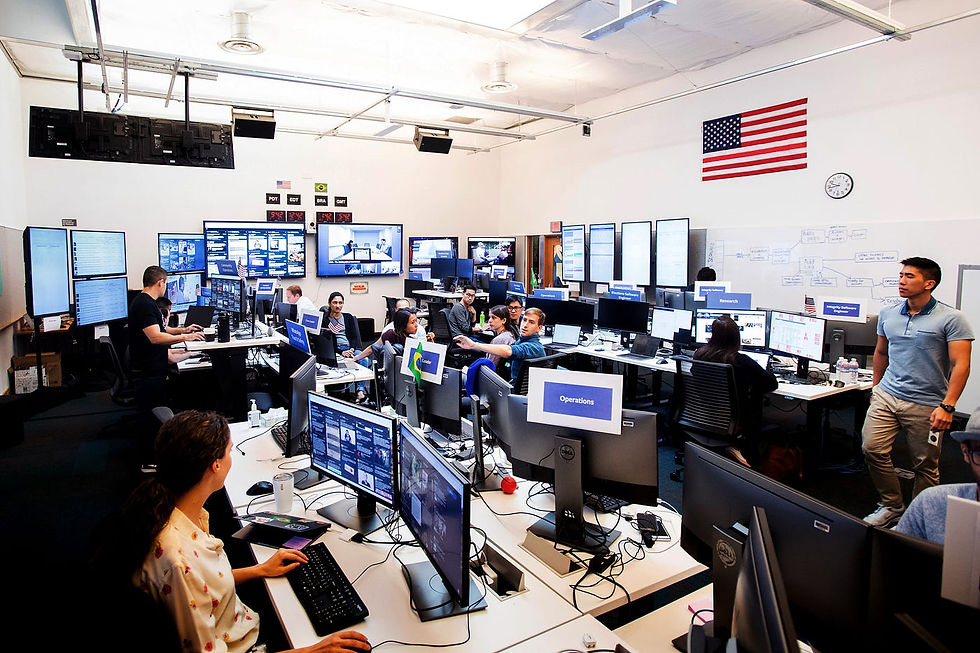
Silicon Valley has long been synonymous with rapid innovation and disruption. The phrase “move fast and break things,” popularized by Facebook’s early motto, encapsulated the region's pioneering spirit. It encouraged startups to prioritize speed over perfection, embracing risks that often led to breakthrough technologies but sometimes also to ethical lapses or unstable products.
The Origins of “Move Fast and Break Things”
In the early 2000s, the tech ecosystem rewarded companies that could rapidly develop and launch products, iterating in real-time based on user feedback. The rationale was simple:
Disruption creates new markets quickly
Fail fast to succeed sooner
This philosophy played a crucial role in shaping the dynamic and often volatile landscape of Silicon Valley innovation.
The culture of rapid prototyping and minimum viable products (MVPs) allowed startups to test hypotheses quickly and pivot when necessary. This approach democratized innovation, enabling smaller teams to compete with established players by leveraging agility.
Limits Exposed: When Speed Backfires
However, the downsides of this approach became increasingly evident:
Products launched prematurely often lacked robustness or security.
Ethical considerations were sometimes overlooked, leading to privacy scandals and regulatory backlash (e.g., Facebook’s Cambridge Analytica incident).
Burnout among employees and founders became widespread due to relentless pace and pressure.
These challenges prompted an introspective reassessment within the tech community, leading many companies to question whether faster always meant better.
The consequences extended beyond individual companies. The broader ecosystem experienced regulatory scrutiny, consumer distrust, and market volatility, highlighting the need for a more balanced innovation approach.
“Innovation is not just about speed; it’s about creating value that lasts.” — Satya Nadella, CEO of Microsoft
Why Moving Slow Matters: The Case for Deliberate Innovation
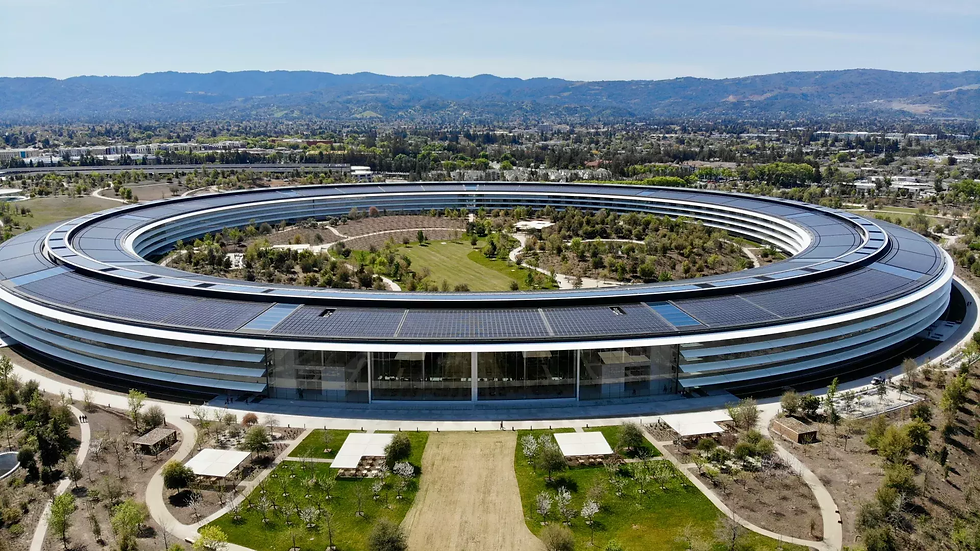
Moving slow in Silicon Valley is less about procrastination and more about strategic patience. It means prioritizing thoughtful development over rapid release cycles, focusing on depth rather than breadth.
The Benefits of Moving Slow
Improved Product Quality: Slower development cycles allow for rigorous testing, user research, and refinement—leading to more reliable and user-centric products. This approach helps uncover edge cases and usability issues that fast cycles might miss. For example, companies that spend extra time conducting usability studies often discover subtle friction points that, once addressed, significantly enhance user satisfaction and reduce churn.
Better Decision-Making: Extended timelines enable teams to analyze data thoroughly and avoid costly mistakes driven by pressure or hype. This includes deeper market analysis, competitor benchmarking, and risk assessment. A deliberate pace also encourages scenario planning and contingency strategies, which can prevent costly product failures or pivots.
Stronger Ethical Considerations: Taking time allows companies to embed privacy, fairness, and compliance into their products from the outset. This is increasingly important as regulatory frameworks like GDPR and CCPA demand higher standards of data protection. Slow innovation enables ethical audits, bias testing in AI models, and transparent communication with stakeholders.
Sustainable Growth: Companies that avoid boom-and-bust cycles are more resilient to market fluctuations. They build loyal customer bases through consistent quality and trust, which often translates into better long-term financial performance and brand equity.
Data Supporting Deliberate Innovation
According to a 2022 Gartner report on product development trends:
Metric | Fast-Moving Teams (Median) | Deliberate Teams (Median) |
|---|---|---|
Time-to-Market (weeks) | 8 | 14 |
Post-Launch Defects (per release) | 15 | 5 |
User Satisfaction Score | 70/100 | 85/100 |
This data underscores that while deliberate teams may take longer to launch, their products tend to be better received and more stable. The reduced defect rate also lowers long-term maintenance costs and customer support burdens, improving overall operational efficiency.
Real-World Application: Healthcare Tech
In sectors like healthcare, where regulatory compliance and patient safety are paramount, moving slow is critical. Companies developing medical devices or health apps often undergo lengthy clinical trials and regulatory reviews before launch. This deliberate pace ensures that innovations are both safe and effective, avoiding costly recalls or legal issues.
Building Things That Last: Quality Over Speed
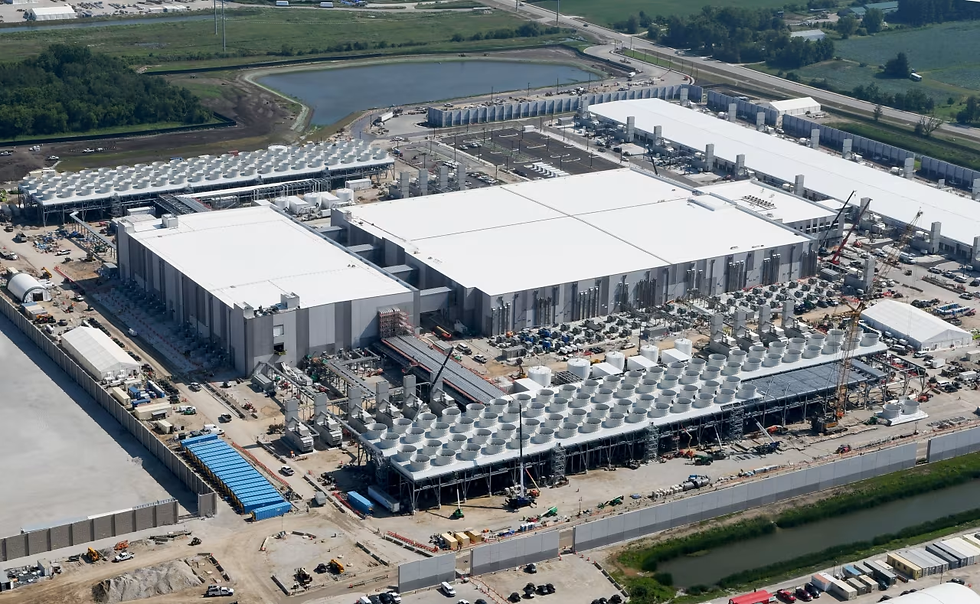
Building things means creating products, platforms, or technologies with a long-term vision—prioritizing durability, scalability, and meaningful impact.
The Pitfalls of Speed-Obsessed Development
Rushing products to market can result in:
Technical debt: Shortcuts in code quality that increase future maintenance costs. Technical debt accumulates when teams prioritize quick fixes or hacks to meet deadlines, leading to fragile systems that require expensive refactoring later. For example, a rushed launch may skip proper documentation or testing, burdening future developers and slowing down subsequent innovation.
User churn: Customers abandoning unstable or incomplete products. Early adopters may tolerate bugs initially, but persistent issues erode trust and encourage migration to competitors. High churn rates can stunt growth and damage brand reputation, especially in subscription-based or platform businesses.
Reputational damage: Brands losing trust due to frequent failures or data breaches. Security lapses can have legal consequences and negative media coverage, deterring potential users and partners.
Principles of Building Durable Technology
Modular Architecture: Designing systems that can evolve without complete rewrites. Modular design enables teams to isolate components for easier updates, bug fixes, or feature additions, reducing risk and improving maintainability over time.
Comprehensive Testing: Automated and manual testing to catch issues early. This includes unit tests, integration tests, performance benchmarks, and security audits. Continuous testing pipelines help maintain quality standards even as codebases grow.
User-Centered Design: Iterative feedback loops that prioritize real user needs over assumptions. Engaging users through beta programs, A/B testing, and usability sessions ensures products solve genuine problems and adapt to changing demands.
Scalable Infrastructure: Planning for growth from day one. Cloud-native architectures, containerization, and microservices allow products to handle increasing loads without major redesigns, supporting long-term business expansion.
Example: Google’s approach to developing Android OS involves years of testing across diverse devices before major releases, ensuring stability despite the platform’s complexity. This process includes staged rollouts, developer previews, and extensive compatibility testing to minimize fragmentation issues.
Real-World Scenario: Enterprise SaaS
Enterprise software providers like Salesforce build durable platforms that must support thousands of customers with varying needs. They invest heavily in modular APIs, security certifications, and backward compatibility to ensure clients can rely on their products for mission-critical operations over many years.
Cultural Shifts: From “Move Fast” to Sustainable Growth
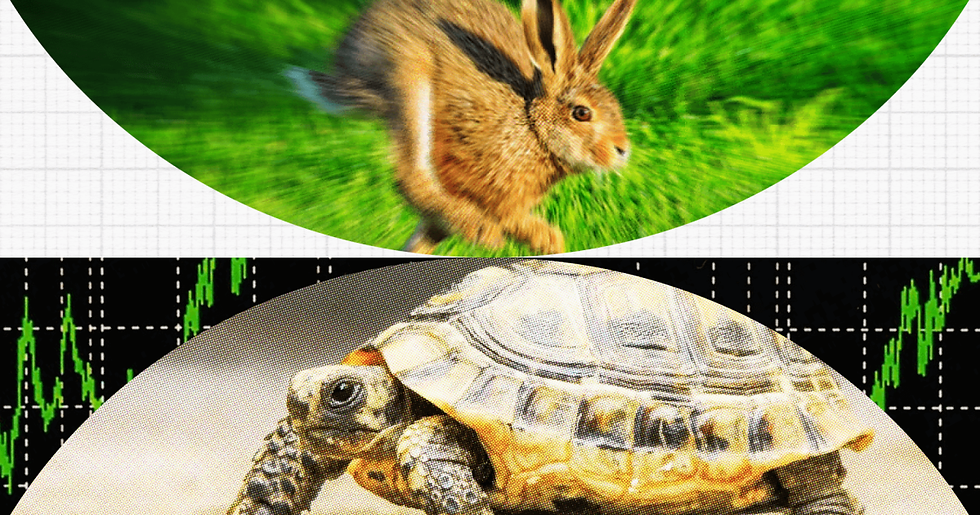
Culture plays a pivotal role in shaping how companies innovate.
Embracing Patience in a Hyperactive Environment
Silicon Valley’s culture is evolving toward:
Valuing deep work over constant multitasking: Deep work encourages focused, uninterrupted time to solve complex problems, leading to higher-quality outputs and creative breakthroughs. Companies are redesigning workspaces and workflows to reduce distractions and promote concentration.
Encouraging psychological safety for experimentation without fear of failure: Teams thrive when members feel safe to voice concerns, propose unconventional ideas, and admit mistakes. This openness fosters learning and innovation without the punitive consequences often associated with failure in fast-paced settings.
Prioritizing employee well-being alongside productivity: Recognizing burnout risks, organizations are adopting flexible schedules, mental health resources, and realistic goal-setting to sustain long-term performance and retain talent.
Leadership’s Role in Cultural Change
Executives are increasingly:
Setting realistic goals that emphasize quality metrics: Moving away from vanity metrics like sheer feature count or speed, leaders focus on customer satisfaction, reliability, and ethical compliance as key success indicators.
Investing in training and mentorship for craftsmanship skills: Encouraging continuous learning in areas like clean coding, UX design, and ethical AI to elevate team capabilities beyond rapid delivery.
Rewarding long-term thinking in performance reviews: Incentivizing employees who contribute to sustainable projects, documentation, and knowledge sharing, not just immediate wins.
“Sustainable innovation requires empowering teams to take the time necessary to solve complex problems deeply.” — Sundar Pichai, CEO of Alphabet Inc.
Real-World Corporate Initiatives
Companies like Atlassian have implemented “ShipIt Days,” allowing teams to pause regular work and focus on thoughtful innovation or technical debt reduction, promoting quality over speed. Others, like Basecamp, emphasize calm work cultures that discourage constant urgency.
Case Studies: Companies Embracing the Slow and Steady Approach
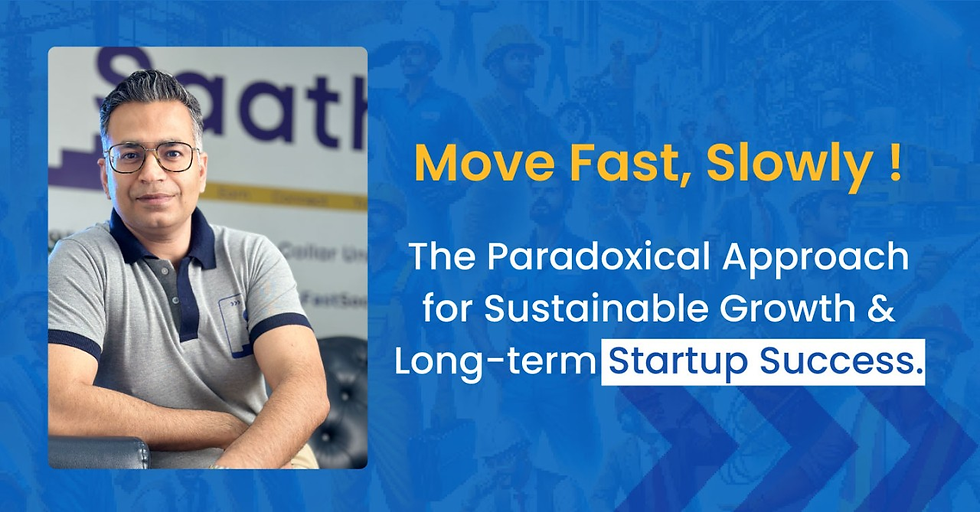
Apple: Crafting Products with Precision
Apple has famously taken years developing products like the iPhone and MacBook Air before launch, focusing on design perfection and seamless user experience rather than rushing to market first. Their meticulous prototyping, iterative industrial design, and integration testing across hardware and software exemplify moving slow to build durable, iconic products. This approach has cultivated a loyal customer base willing to wait for quality and innovation.
Tesla: Iterative Engineering with Safety Focus
While Tesla moves fast in certain aspects (e.g., Gigafactory construction), it slows down in critical areas like battery safety testing and autopilot feature rollout—reflecting a shift toward building trust through reliability. For example, Tesla’s phased Autopilot software updates involve extensive internal testing, real-world data analysis, and regulatory engagement to ensure safety and compliance, showing a deliberate balance between innovation speed and responsibility.
Stripe: Sustainable Developer-Centric Innovation
Stripe invests heavily in API stability and developer documentation over quick feature releases, fostering a loyal ecosystem that values consistency. By maintaining backward compatibility and transparent communication about changes, Stripe builds trust with its developer community, enabling long-term integration and reducing client churn.
Additional Example: Microsoft’s Azure Cloud
Microsoft’s Azure platform emphasizes enterprise-grade reliability and security, often opting for longer development cycles to ensure compliance with global standards and seamless integration with legacy systems. This cautious pace supports the platform’s reputation for stability in highly regulated industries.
These examples highlight that moving slow does not mean stagnation but rather disciplined progression.
Practical Strategies for Moving Slow and Building Well
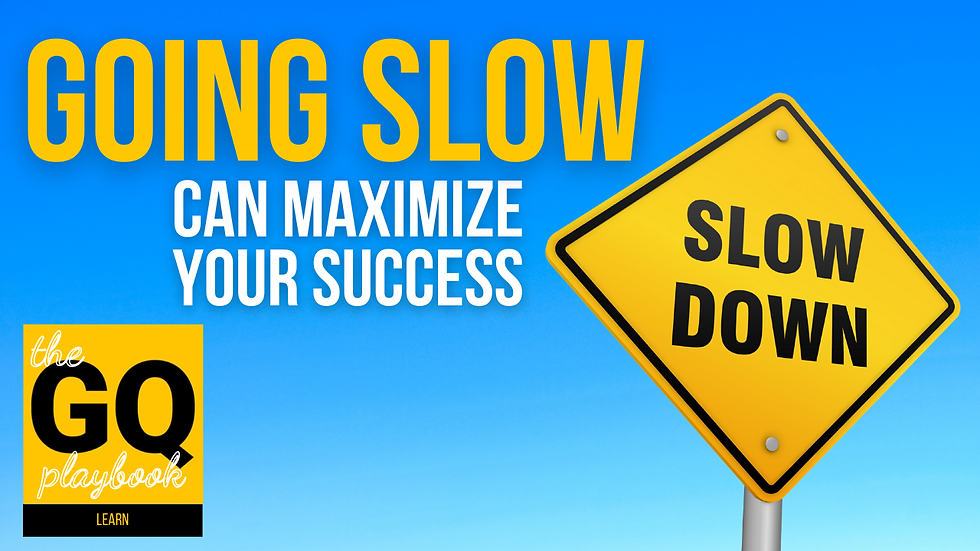
Adopting a move slow and build things mindset requires concrete practices:
1. Prioritize Deep Research Before Development
Invest time upfront in understanding market needs, user behaviors, and technical feasibility. This includes ethnographic studies, competitive analysis, and prototyping with early adopters to validate assumptions. Deep research reduces the risk of building unwanted or unviable products.
2. Implement Incremental Milestones with Quality Gates
Break projects into phases with clear quality checkpoints rather than rushing toward launch dates. Quality gates may involve code reviews, security audits, performance benchmarks, and user acceptance testing. This staged approach ensures issues are caught early and prevents costly rework.
3. Foster Cross-Functional Collaboration Early
Engage engineers, designers, compliance experts, and marketers from the start to prevent siloed decisions. Early collaboration aligns goals, uncovers hidden risks (e.g., regulatory constraints), and ensures holistic product development.
4. Use Data-Driven Iteration Cycles
Leverage analytics to guide product refinements systematically instead of speculative pivots. Collect quantitative and qualitative feedback post-launch to identify improvement areas and validate hypotheses before investing in major changes.
5. Build Psychological Safety Cultures
Encourage teams to voice concerns about rushing or cutting corners without fearing negative repercussions. Establishing safe environments fosters honest communication, leading to better risk management and innovation quality.
Tools & Methodologies Supporting Slow Innovation:
Tool/Methodology | Purpose |
|---|---|
Agile with emphasis on quality | Structured flexibility with quality focus |
Empathy-driven product creation | |
Allows frequent but controlled releases | |
User Experience Research | Informs design decisions |
For example, Agile teams can extend sprints by adding dedicated “hardening” phases focused on testing and documentation, ensuring quality is baked into each release cycle rather than sacrificed for speed.
The Future of Innovation: Balancing Speed and Sustainability

Looking ahead, Silicon Valley is poised to redefine success by balancing agility with responsibility:
Regulatory pressures will encourage slower, more compliant product development cycles. Increasing data privacy laws, AI ethics guidelines, and environmental regulations require companies to embed governance into their innovation processes, slowing down timelines but reducing legal risks.
Consumer expectations demand privacy-first, secure solutions that require careful engineering. Users increasingly favor brands that demonstrate responsible data handling and transparency, pushing companies toward deliberate development.
Global challenges such as climate change push companies to innovate sustainably rather than just rapidly. This includes designing energy-efficient algorithms, sourcing sustainable materials, and considering product lifecycle impacts.
Emerging Trends Supporting Balanced Innovation
Green Software Engineering: Practices that minimize energy consumption and carbon footprint during development and operation.
AI Ethics Boards: Cross-disciplinary teams guiding responsible AI deployment.
Long-Term Roadmaps: Strategic plans that balance near-term market opportunities with enduring societal value.
The future belongs to organizations that master speed with stewardship — moving thoughtfully while building resilient technologies that stand the test of time.
Frequently Asked Questions (FAQ)
Q1: Isn’t moving slow risky in a competitive market?
A: While speed is important, moving too fast can erode quality and trust—ultimately harming competitiveness. A balanced approach mitigates risk by ensuring robust products that satisfy customers long-term. Many successful companies demonstrate that strategic patience can be a competitive advantage, especially in complex or regulated markets.
Q2: How can startups adopt a slow-building strategy without losing investor interest?
A: Transparency with investors about long-term vision and milestones is key. Demonstrating disciplined progress through phased deliveries builds confidence even if speed is moderated. Startups can also highlight how deliberate development reduces technical debt and risk, positioning themselves for sustainable growth rather than short-term hype.
Q3: What tools help teams transition from moving fast to moving slow?
A: Tools like Jira for project management, automated testing suites (e.g., Selenium), CI/CD pipelines for controlled releases, and UX research platforms foster deliberate development practices. Additionally, collaborative platforms like Confluence or Notion support documentation and knowledge sharing, which are crucial in slower, more thorough workflows.
Q4: How does moving slow impact team morale?
A: Moving slow with purpose reduces burnout by setting realistic goals, improving work-life balance and allowing deeper professional growth through quality craftsmanship. Teams often report higher job satisfaction when they can focus on meaningful work without relentless pressure, leading to better retention and creativity.
Conclusion
Silicon Valley’s new strategy—move slow and build things—is not a rejection of innovation but an evolution toward sustainable innovation. By embracing patience, meticulous craftsmanship, and ethical responsibility, tech companies can create products that truly endure in quality and impact.
For innovators seeking success beyond fleeting hype cycles, this deliberate approach offers a roadmap to build resilient technologies that serve users well into the future.
Actionable Takeaways:
Reevaluate your product development timelines focusing on quality checkpoints over speed alone.
Foster cultures that value deep work and ethical decision-making.
Learn from industry leaders who successfully balance innovation velocity with sustainability.
Explore related insights on or within our content library to deepen your understanding of this transformative trend.
By adopting the wisdom of moving slow while building well, Silicon Valley—and indeed the broader tech ecosystem—can usher in an era of innovation defined by lasting value rather than fleeting disruption.
